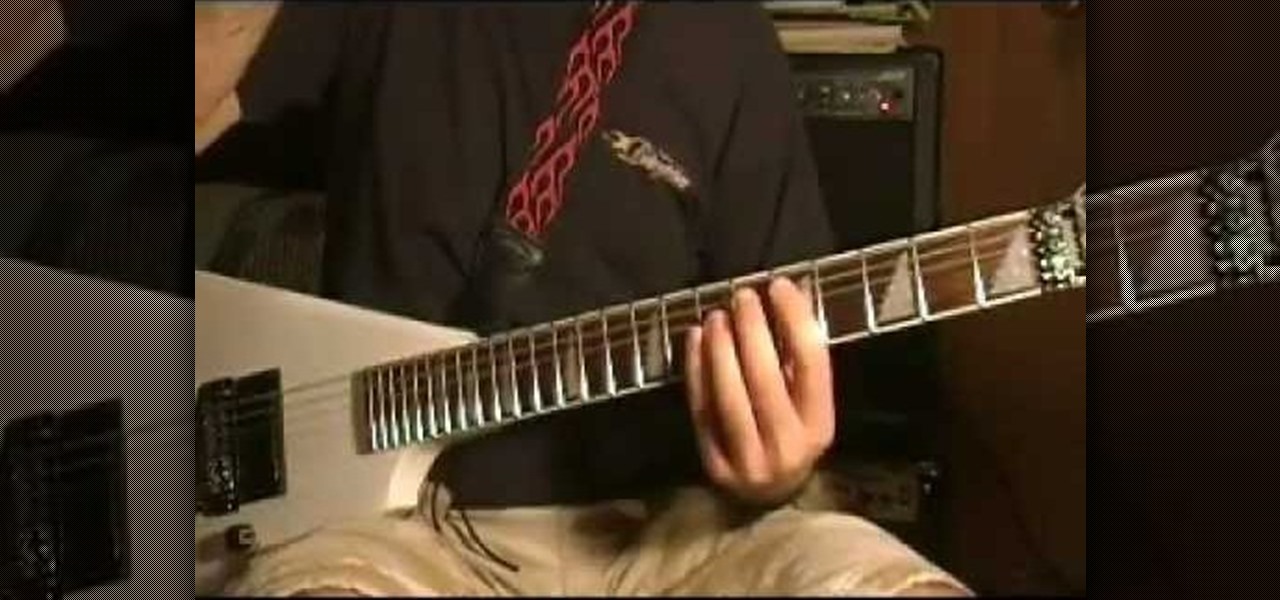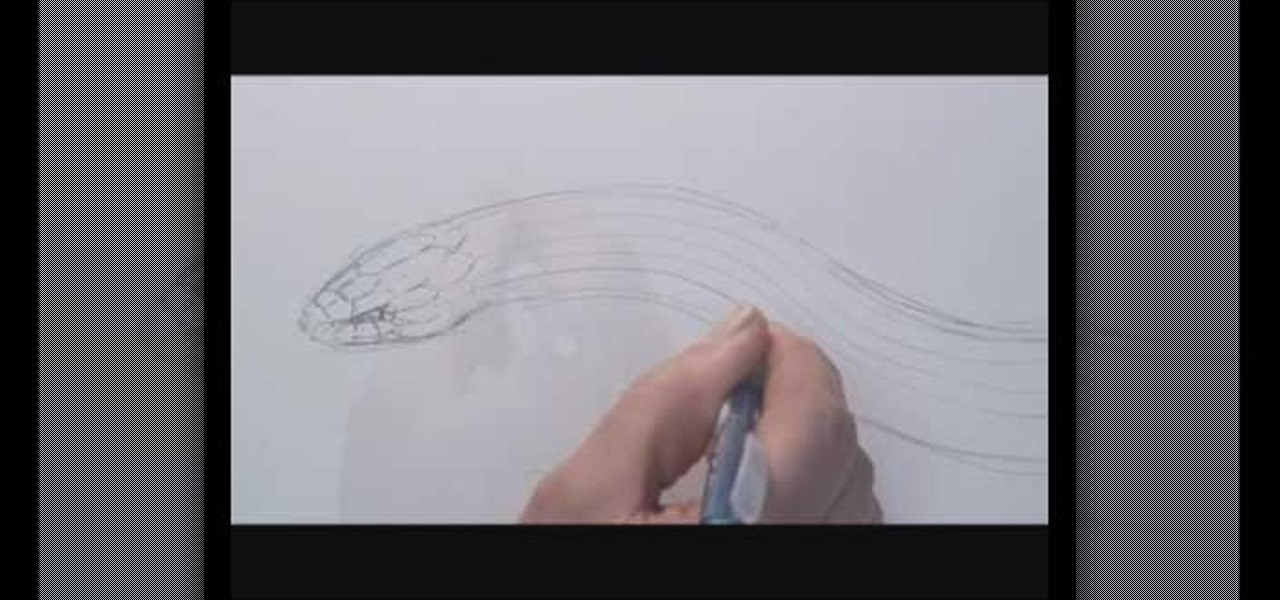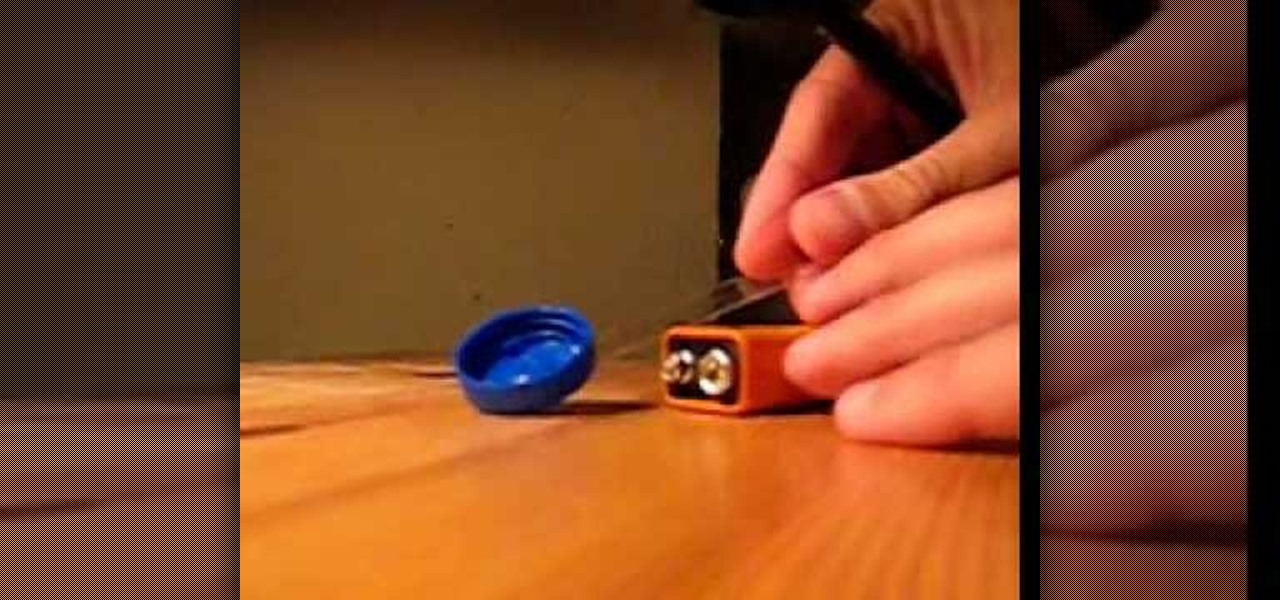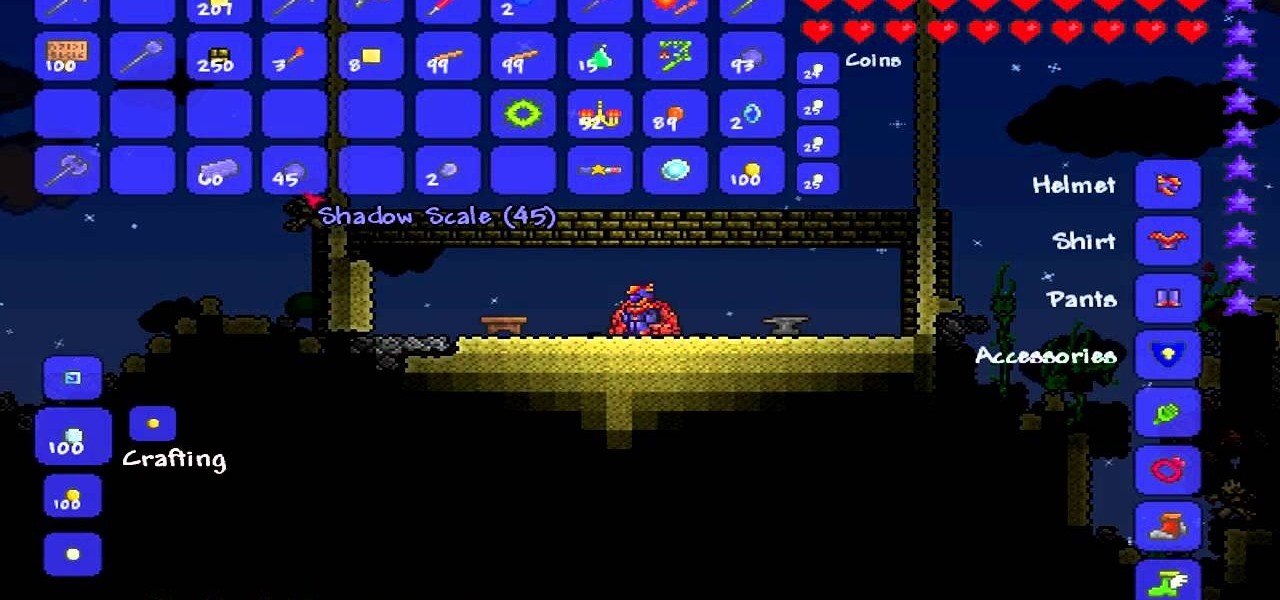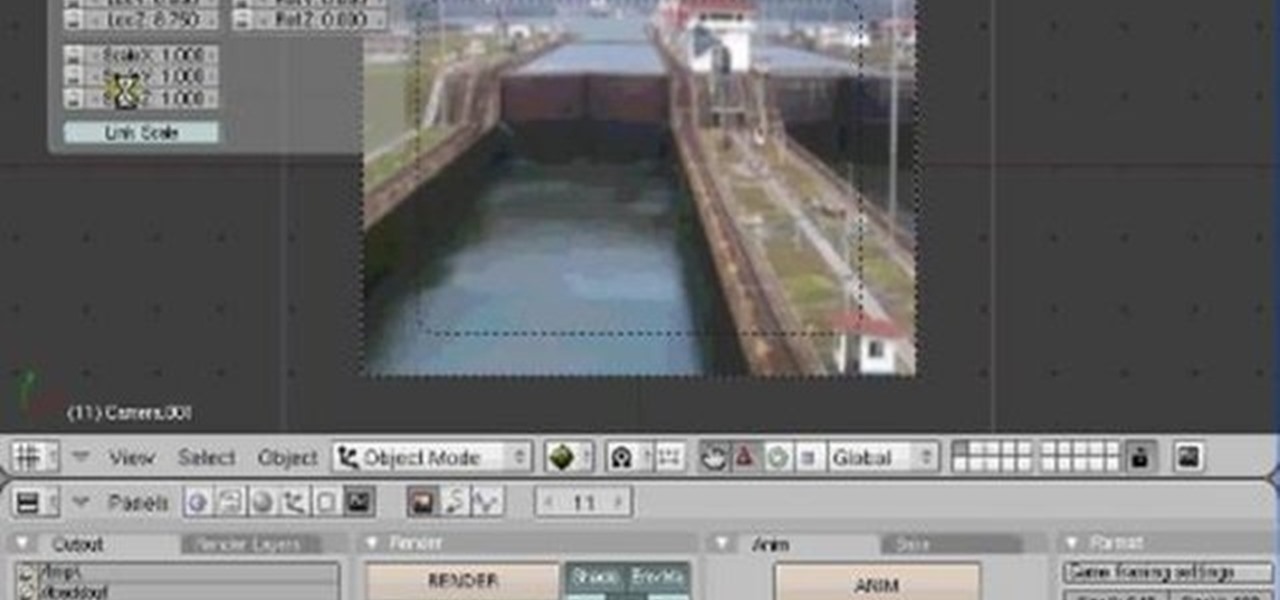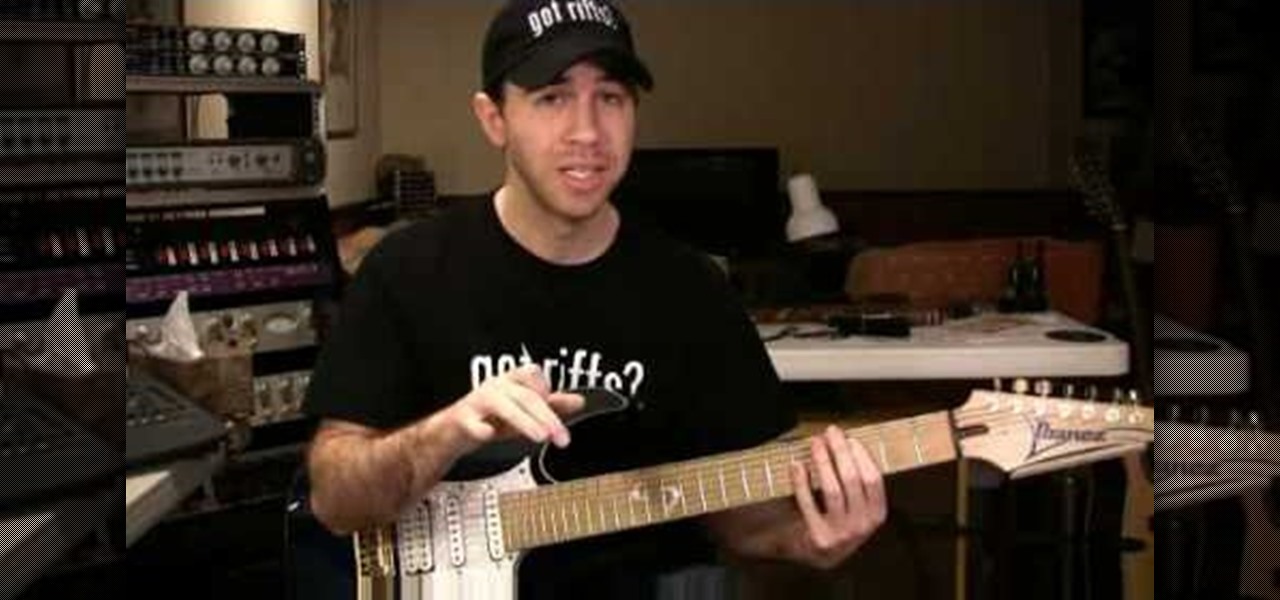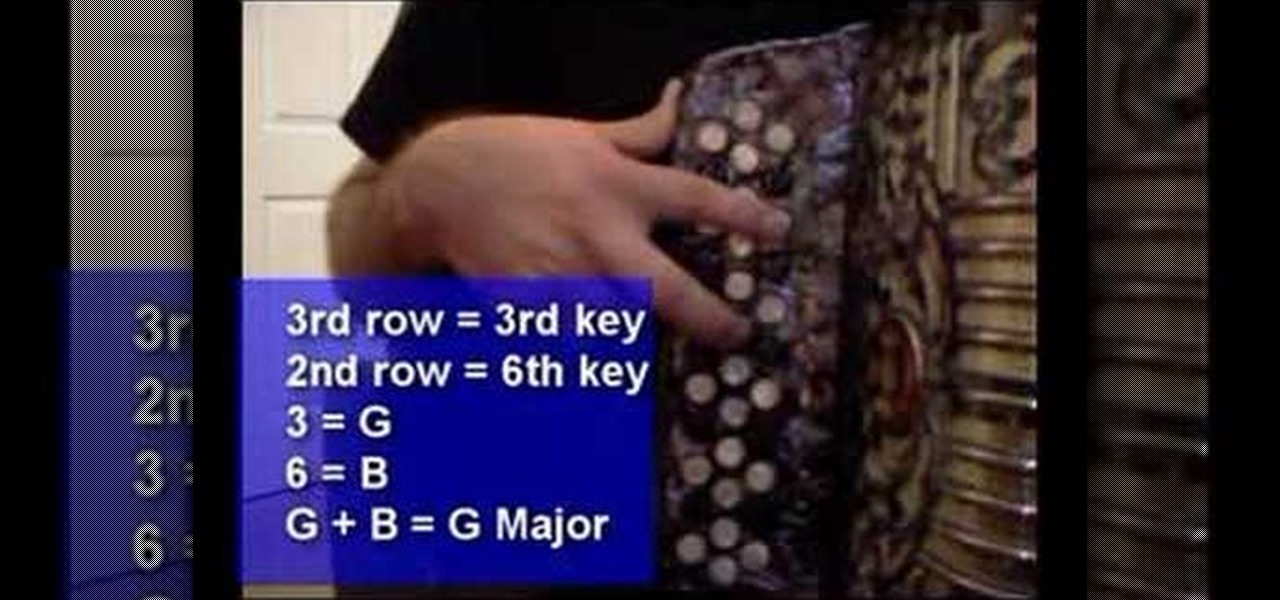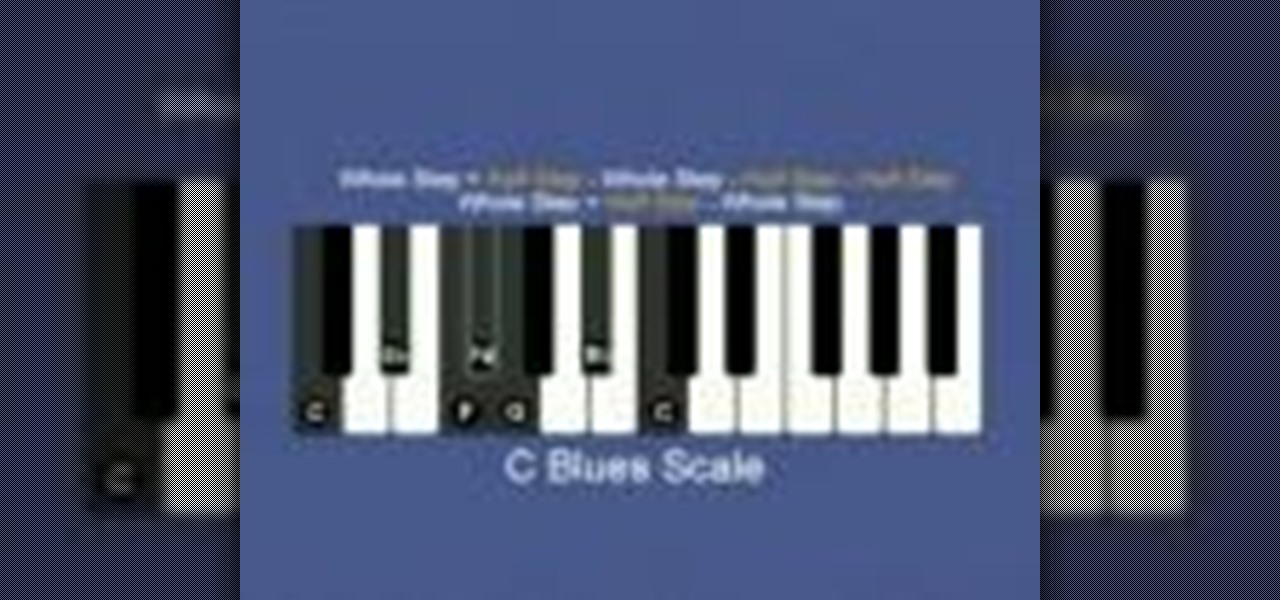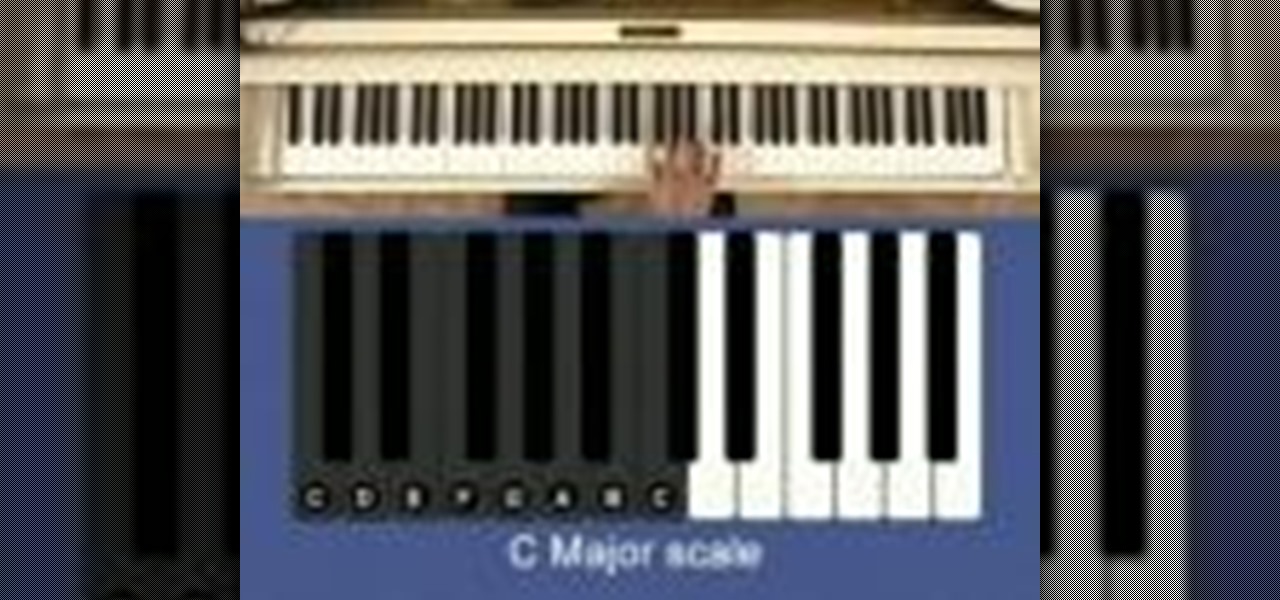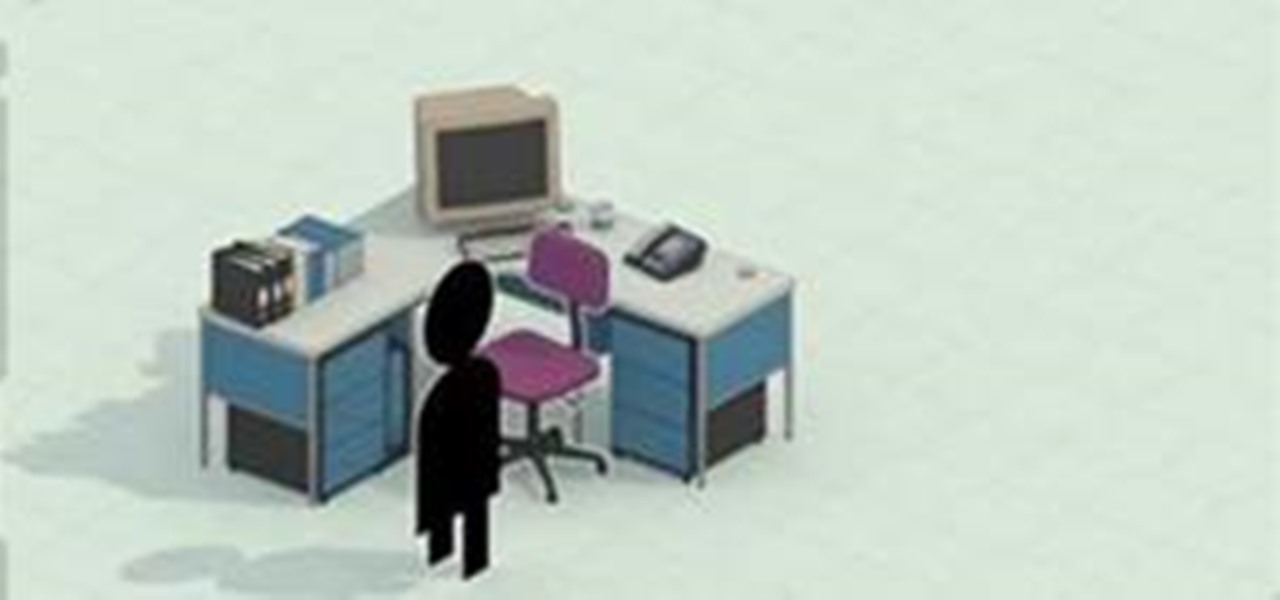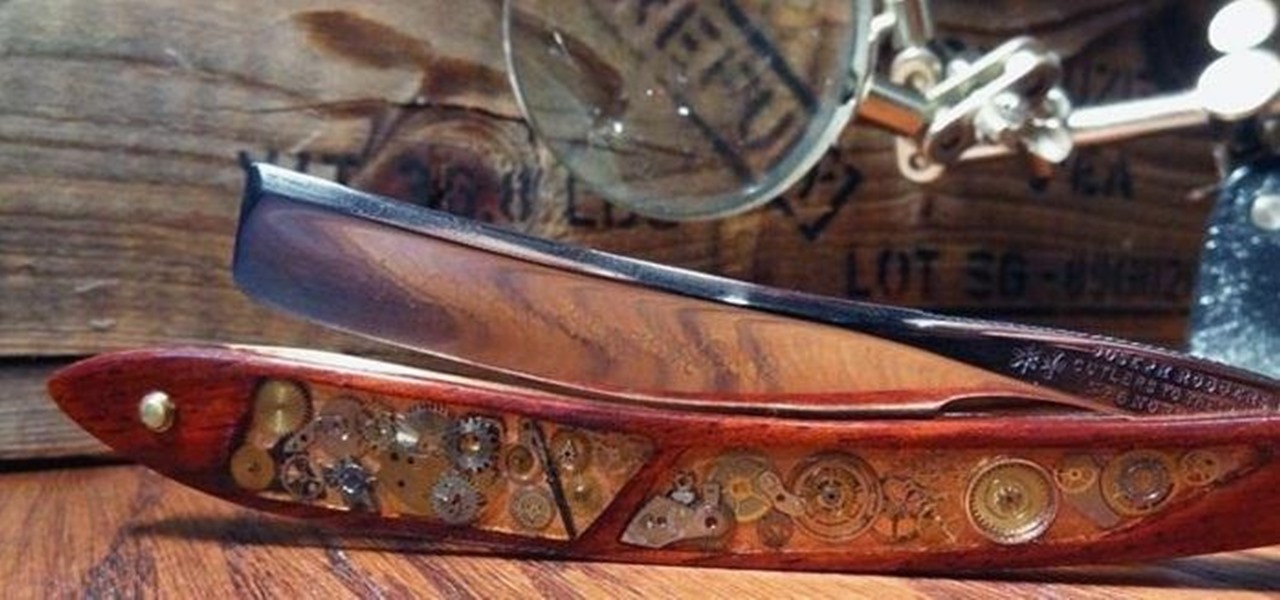
This video tutorial show how to make a scaled octahedron. Modular origami varies from regular origami in that it uses multiple sheets of paper to fold instead of just one. Learn how to fold this scaled modular origami octahedron by watching this instructional video.

This video will show you how to isolate or distinguish images in Google according to their usage right. Google also provides you information about the commercial or noncommercial usage permission. Watch the tutorial video and select your image for reuse.

This video will describe you how to search for a Copyright free image. Google advanced image search gives you the opportunity to find free images from any category. Copyright free images are free to use in personal even as commercial purpose. Watch the video and follow the steps.

Here's the first look commercial straight from HTC on their new HTC One device, with a full metal body, BlinkFeed, Zoe, BoomSound, and more.
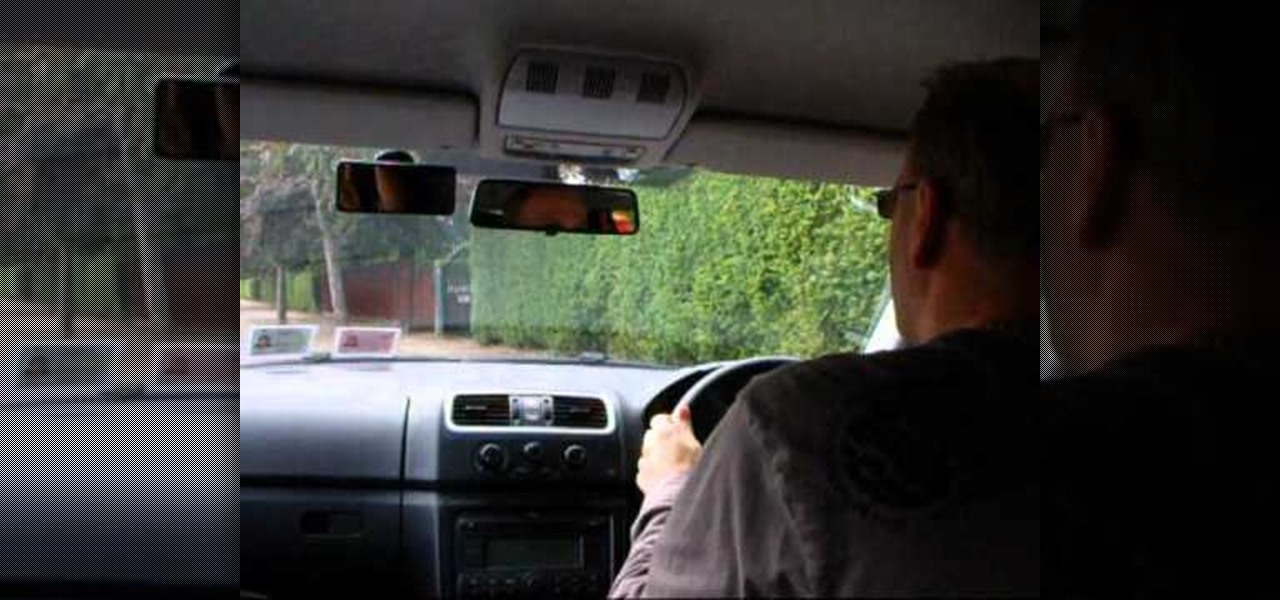
Here is a manoeuvre that you won't see every day. It is intended for drivers in commercial vehicles who cannot see to the rear. By reversing with the flow of traffic it is possible to see approaching vehicles through the front windscreen and the right hand kerb by looking down over your shoulder. This manoeuvre sometimes occurs on the ADI, Part 2 Test of driving ability.
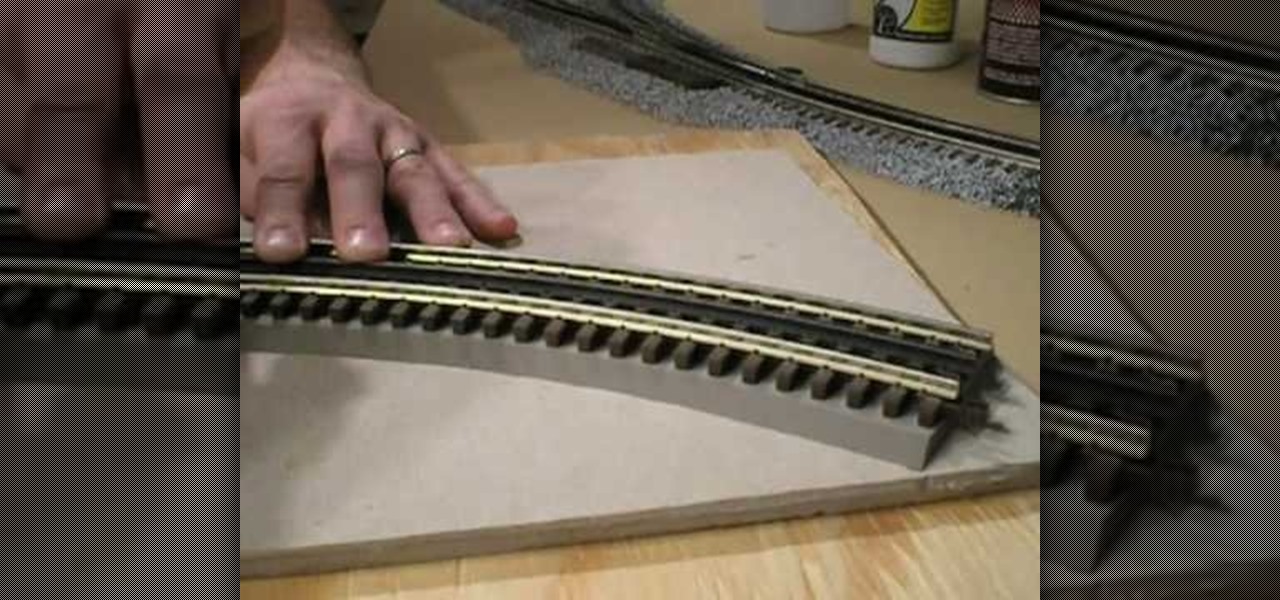
In this tutorial we learn how to lay and ballast O-Scale 3-Rail track. First, lay the track down on a piece of bare plywood. Also, you will paint the wood to prevent it from absorbing liquid when you place glue on it. Put the track down onto a flex bed and then set the flex bed on the wood. From here, place the track onto the road bed and line it up. Make sure the track is centered completely. After this, take a track screw and secure the ends down. Continue to do this throughout the entire t...

In this tutorial, we learn how to play the heavy metal scale. You will start out with the E, B, G, D, A, and E chords on the 5,7, and 8 strings. These will make the heavy metal sound and be fit to the scale. There are different ways you can play this, using small riffs. You can play the strings differently as you go, changing up the order that you put them in. Continue to practice with the scale to better understand how it works. Once you do this, you will be able to better play the heavy met...

In this three minute long video the host, Bill Flowers, provided a simple process approach to drawing snake scales; more specifically, Tiger Snake scales. The artist, Bill Flowers, covers every step, method, and process that is involved in drawing a snake scale. Bill Flowers, also known as "The Snake Artist," has had a passion for drawing snakes for quite a while and in this video is sharing that passion with the viewers. Upon complete viewing of the video, viewers will be able to share this ...

This video shows a musicians hands as he explains and demonstrates how to play the C minor blues scale. The notes in the scale are: C, E-flat, F, G-flat, G, B-flat, C. He then explains the fingering: 1, 2, 3, 4, 1, 2, 3. He demonstrates different patterns with the left and right hand that use the notes in this scale in a 12-bar blues riff. This video would be helpful to anyone learning to play blues piano. After you understand the scale, you can experiment on your own.

Watch this video tutorial to see how to make extremely simple scales. This scale is useful when you want to weigh small portions of a substance (like a few grams of powder). It is difficult to get real weight using these scales though. To make this homemade scale, you'll need a plastic bottle cap, a plastic bottle or box, a 9v battery, clear sticky tape, glue for the plastic (epoxy or fast-hardeneing), scissors and a screwdriver.

Do you dream of standing on stage in front of millions of fans with a guitar in your hand? You could make this dream come true, if only you could play the guitar! This guitar tutorial series from Robert Renman teaches you the basics of guitar playing along with a few beginner and intermediate techniques. You can learn how to play pentatonic scale boxes with this guitar lesson. This pentatonic scale technique will come in handy when you are starting to play the blues. All you have to do is fla...

Rapper Lil' Wayne has admitted he can't read, instead citing that his musical prowress comes naturally to him. While this may work for the musician, most piano players, singers, and sax players can benefit from a lesson in music theory or two.

Drawing scales of a dragon could be difficult so lets try this method. First get the basic shape of the body,then draw those curves under the belly. After that,the scales which are on the top. Now the middle scales come in place. As we are done with our basic sketching,now its time to use a sketch pen for finalization. One can even add some shadows and highlights. This will help you draw some other amphibian as well as mammal figures.

There are many reasons you might want to increase your text size in Google Chrome. The browser's accessibility options have a few tools to help the readability of text on websites. Changing the text scale, enabling zooming, and toggling the simplified view can customize Google Chrome to be perfect for you.

Check out this video to learn how to use your anvil for crafting the shadow scale armour set in Terraria. Your armour set is important, so make sure you've got the one you want by following along with video and crafting shadow scale armour.

Comparing evaluations of the same thing done on different scales can seem difficult, but there is a simple equation you can use to translate something expressed in one numerical scale into another. This video will show you how to use it and make your math life easier.

Using a virtual darkroom analogy, this Blender tutorial explains how to use a Flying Camera rig to crop/scale/distort video. Using a non-orthographic camera, you can scale, rotate and zoom by keyframing the camera location.

In this guitar lesson, learn how to play a chromatic scale on a standard-tuning (EADGBE) guitar. With the guitar, as with any other instrument, if you want to improve, you'll need to practice. Fortunately, the Internet is awash with free, high-quality guitar lessons like this one. For more information, and to get started playing chromatic scales on your own guitar, watch this video tutorial.

Check out this instructional piano video that shows you some exercises to improve the way you play scales (and arpeggios) with a few exercises and techniques. This tutorial is great for beginner to advanced piano players. Practice the scales and arpeggios on the piano and improve your piano playing skills!

Check out this instructional electric guitar video that provides an introduction to modes. Modes are scales that are derived from a parent scale by starting and ending on different degrees of that parent scale. This is Season 3, Episode 14 of Dave Weiner's Riff of the Week series called "The Modes: An Introduction." With this lesson and a bit of practice, improve your guitar playing skills by learning about modes on the electric guitar.

Check out this instructional acoustic guitar video that shows you how to play the 5 Major scale positions every guitar player should know. Ideally, you should work through them in all 12 keys. Improve your guitar playing skills by watching this short tutorial video to learn how to play the five major scale positions on the acoustic guitar.

Check out this instructional guitar video that shows you how to play a G major scale and build on an open G string. Building a G major scale on the open G string is a good exercise to play to help improve your guitar skills. This short lesson is great for advanced beginners who need to practice on the acoustic guitar.

Learn how to play a C Major Scale, learn the diatonic accordion, learn the button accordion, scales in a button accordion

Check out this video from Berkleemusic.com and watch as Larry Bayone, Chair of Berklee's Guitar Department, explains how to find the notes of the guitar scale from memory by practicing the major scale in a variety of different positions and registers on the fret board.

Pete Sears discusses pentatonic scales. He will begin by covering the C major pentatonic scale and playing it on the piano.

Pete Sears gives you a lesson on blues scales for the piano. Get ready for the blues! You should have a good understanding of regular scales first.

Minor modes use the same set of key signatures as major modes; whichever signature corresponds to the step pattern of the natural minor scale is considered the key signature for that minor mode. Here, Pete Sears explains how to play minor scales on the piano.

Major piano scales are composed of a series of five whole and two half steps in this sequence: whole step, whole step, half step, whole step, whole step, whole step, half step. This video starts by showing you how to play a C major scale.

This video lesson will teach you a few standard riffs using the blues scale. Let's review the Blues Scale in the key of A. Remember you can use this scale over major or minor chords. It all depends on the sound you are going for.

The challenge of creating garments with unconventional materials has become an all too familiar gimmick for most first year students at fashion schools. The end result is more often than not a catwalk of garbage bags, zip ties, plastic bottles and cans, assembled into a menagerie of mediocrity. Enter Jum Nakao. But while the Japanese-Brasilian artist/fashion designer does use an unconventional and impractical material (paper) for his collection "A Costura do Invisivel"(translation: "Sewing th...

I guarantee this will make your day.

I was just very amused by this commercial for Portal.

Cytochrome P450 (P450s) are proteins found in nearly all living organisms, which play roles that range from producing essential compounds and hormones to metabolizing drugs and toxins. We use some of the compounds synthesized by P450 in plants as medical treatments, but the slow growth and limited supply of these plants have put the drugs' availability in jeopardy and jacked up prices.

The company that pioneered music scanning for mobile devices is moving into the augmented reality advertising arena. Included in an update of their iOS and Android apps last week, Shazam can now scan special codes to immerse users in 3D animations, 360-degree videos, mini-games, and other AR content.

Do you have AMNESIA? How about SYPHILIS? Or have you gotten SODOMIZED? Well, the people pictured below do, and I don't feel sorry for them, not at all——those words would kill on the SCRABBLE board!

In this tutorial, we learn how to draw small faces on paper. This is best for drawing on comic books, because the faces are smaller than on regular drawings. First, give yourself a scale size to see how large you want the faces on the paper to be. If you are new at drawing, use the square method to learn how to measure the face and learn how to draw the face so the body is scaled to the size of the head. Start out by drawing the head and adding in shading details. You will start with the guid...

Hulu used to be simple — just a site with all the latest clips and episodes from your favorite shows. Watch some ads, watch some free TV. Easy, right? Not so much anymore. Hulu is no longer free, and on top of that, offers different pricing plans and add-ons.

I collect straight razors from the Victorian era and then add some steampunk style. Step 1: Remove the Old Scales

In the first part of this series, we took a factual and technical look at the history of the Internet. I explained how all of these wires and servers got here in the first place. Obviously, a firm did not just create and build the Internet around 1995! Now that we know how the Internet came to be, we can get into the really fun stuff—what the Internet looks like now! Well, that's not quite the network design I was talking about, but it does show what the Internet looked like back in 2007 befo...

This banjo tutorial goes over working with a two note melodic scale in G major to form ideas for licks. This lesson teaches you improvisational techniques on the banjo. You will also learn the 3 different types of the melodic scales. Watch this how to video and you will be able to play banjo licks on a two note melodic scale in G major.








